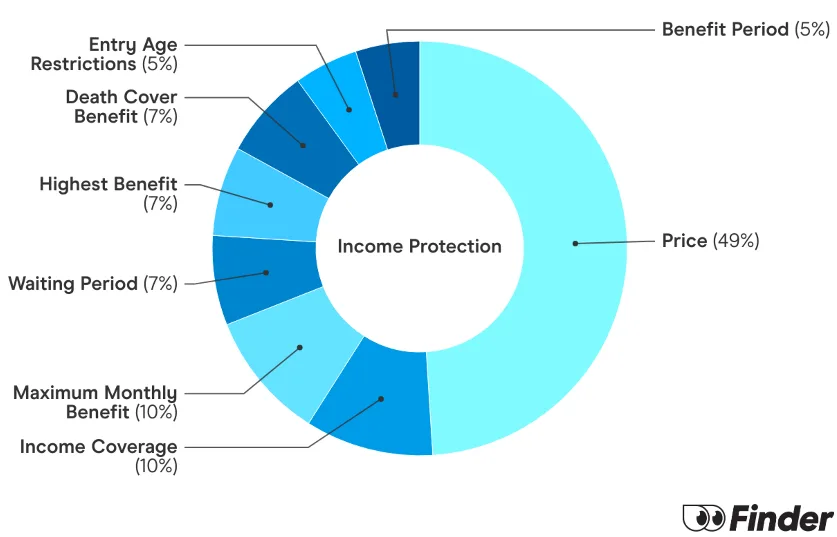
Tradies
With many tradespeople and construction workers being required to have cover in place to work on site, many insurers have created policies that are designed specifically for this group. These policies often include:
- A specific injuries benefit. This feature covers common injuries such as a fracture to your leg, arm, skull, thigh or pelvis. Other injuries you can expect to be covered for include paralysis, total and permanent loss of sight in one eye, and the loss of the use of a foot or hand.
- Accident benefit option. This allows tradespeople or construction workers to claim a benefit before the end of the waiting period of their policy.
- Self employed and contract benefits. If you are a self employed tradesperson or you work on a contract basis, your income may fluctuate significantly from month to month and year to year. However, your insurer may be able to offer you a benefit which reflects your income, and is still enough to cover your expenses while you recover from illness or injury.
Oil, gas and mining industry workers
The additional risk of working in the oil, gas or mining industry can make it more difficult for these workers to get access to affordable cover. Some factors that will be considered by insurance companies include:
- If you work in an underground mine, or an open cut mine.
- If you use, or are in contact with explosives.
- If you work in hard or soft rock mining.
- If you work on a fly in, fly out basis.
You will also need to provide details about your exact job title and duties, as well as the hours you work in a typical rotation.
![]()
Heavy industry
The additional risk of working in the oil, gas or mining industry can make it more difficult for these workers to get access to affordable cover. Some factors that will be considered by insurance companies include:
- If you work in an underground mine, or an open cut mine.
- If you use, or are in contact with explosives.
- If you work in hard or soft rock mining.
- If you work on a fly in, fly out basis.
You will also need to provide details about your exact job title and duties, as well as the hours you work in a typical rotation.
![]()
Healthcare
If you work as a health professional in the medical industry, you are exposed to a variety of risks in your day-to-day job. At the same time, you know just how easy it is to fall ill or be injured, and the effect that these situations have on a person's lifestyle. Therefore, you will want to look for income protection insurance which covers you for:
- Needle stick injuries. This will typically include cover for occupationally acquired HIV, Hepatitis B and Hepatitis C.
- A non-offset clause. This entitles you to a full benefit payment even if you are already receiving compensation from WorkCover.

Farming
Farming can be a risky industry in which to work because of the sometimes significant seasonal and year to year fluctuations in earnings, and long term threats such as floods and droughts. However, you don't have to struggle through those financial setbacks alone, because there are income protection policies which are specifically designed for the farming industry.
For example, a farmer's life insurance policy benefit can be based on 30% of your gross or net farm turn over, or calculated by your net income. if you are a farmer looking for income protection insurance, you may also want to consider the benefits of stepped or level premiums for your situation, and consider whether you would be best suited to an indemnity or agreed value policy.


